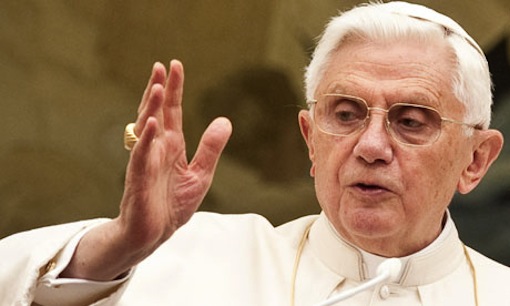I den tradisjonelle liturgiske kalenderen er dette en fest med utvidede lesninger til Matutin. Her er dagens lesninger:
1., 2. og 3. lesning:
1 Peter, Jesu Kristi apostel, hilser de utvalgte som lever i fremmed land, spredt omkring i Pontos, Galatia, Kappadokia, Asia og Bitynia, 2 de som er utvalgt slik Gud Fader forut hadde bestemt, og ved Ånden innviet til lydighet og til å bli renset ved Jesu Kristi blod. Måtte dere få nåde og fred i rikt mål! 3 Lovet være Gud, vår Herre Jesu Kristi Far, han som i sin rike miskunn har født oss på ny og gitt oss et levende håp ved Jesu Kristi oppstandelse fra de døde! 4 Vi skal få en arv som aldri forgår og ikke flekkes til eller visner. Den er gjemt i himmelen for dere 5 som gjennom Guds kraft blir bevart ved troen, så dere skal nå fram til frelsen; den ligger alt ferdig til å åpenbares ved tidens ende.
6 Derfor kan dere juble av glede, selv om dere nå en kort tid må ha det vondt i mange slags prøvelser, om så skal være. 7 Slik blir troen deres prøvet. Selv forgjengelig gull blir prøvet i ild; troen, som er mye mer verd, må også prøves, så den kan bli til pris og herlighet og ære for dere når Jesus Kristus åpenbarer seg. 8 Ham elsker dere, enda dere ikke har sett ham; ham tror dere på, enda dere nå ikke ser ham. Og dere jubler og er fylt av en glede så herlig at den ikke kan rommes i ord; 9 for dere når troens mål: frelse for sjelene.
10 Denne frelse var det profetene grunnet på og utforsket, da de profeterte om den nåde dere skulle få. 11 De prøvde å finne ut hvilken tid Kristi Ånd, som var i dem, siktet til, og hvordan den tiden ville bli. Ånden vitnet om hvordan Kristus skulle lide og deretter opphøyes i herlighet. 12 Det ble da åpenbart for dem at det ikke var seg selv de tjente med sitt budskap, men dere. Dette budskapet har dere nå fått høre av dem som forkynte evangeliet for dere ved Den Hellige Ånd, som er sendt fra himmelen. Dette er ting som selv engler gjerne vil se inn i.
4., 5. og 6. lesning
From the Sermons of St Augustin, Bishop of Hippo. 16th on the Saints.
The solemn Feast of today received from our forefathers the name of that of St Peter’s Chair at Antioch, because there is a tradition that it was on this day that Peter, first of the Apostles, was enthroned in a Bishop’s Chair. Rightly, therefore, do the Churches observe the first day of that Chair, the right to which the Apostle received for the salvation of the Churches from the Lord of the Churches Himself, with the words Thou art Peter, and upon this rock I will build My Church.
It was the Lord Himself Who called Peter the foundation of the Church, and therefore it is right that the Church should reverence this foundation whereon her mighty structure riseth. Justly is it written in the Psalm which we have just heard Let them exalt him in the congregation of the people, and praise him in the assembly of the elders. Blessed be God, Who hath commanded that the Blessed Apostle Peter should be exalted in the congregation! Worthy to be honoured by the Church is that foundation from which her goodly towers rise, pointing to heaven!
In the honour which is this day paid to the inauguration of the first Bishop’s throne, an honour is paid to the office of all Bishops. The Churches testify one to another, that, the greater the Church’s dignity, the greater the reverence due to her priests. While I confess how rightly godly custom hath exalted this Feast in the estimation of all the Churches, the more do I wonder at the growth of that unhealthy error which at this day causeth some unbelievers to lay food and wine upon the graves of the dead, as if souls once rid of the body had any longer any need of bodily refreshment.
7., 8. og 9 lesning:
From the Holy Gospel according to Matthew 16:13-19
At that time Jesus came into the coasts of Caesarea Philippi, and He asked His disciples, saying Who do men say that I, the Son of Man am? And so on …
Homily by Pope St Leo the Great. 3rd on the Anniversary of his own election.
The Lord asked His disciples Who men said that He was, and their answers were human as long as they were the answers of human reason, unilluminated by Divine light. At last, when the glimmerings of earthly conjecture were spoken, he whose Apostleship is the first in dignity, was the first to confess his Lord. And Simon Peter answered and said: Thou art the Christ, the Son of the living God. And Jesus answered and said unto him Blessed art thou, Simon Bar-Jona, for flesh and blood hath not revealed it unto thee, but My Father Which is in heaven. That is to say, For this cause art thou blessed, because My Father Himself hath taught thee; the opinions of men have not beguiled thee, the voices of angels have not taught thee, not flesh and blood, but He, Whose Only begotten Son I am, hath revealed Me unto thee.
Thus saith the Lord unto Simon Peter: And I say also unto thee, That thou art Peter. That is to say, Even as My Father hath revealed unto thee concerning Me that I am God, even so now will I also reveal unto thee that thou art Peter; I am the sure Rock of defence, the Corner Stone, Who make both one, (Eph. ii. 20, 15,) I am the Foundation, beside Which other can no man lay, 1 Cor. iii. 11, and thou also art a rock, in My Strength made hard, and those things whereof I by right am Lord, into thy hand do I give them, that thou mayst bear rule over them, for Me, and with Me. And upon this rock I will build My Church, and the gates of hell shall not prevail against it. Upon this strength of thine, whereof I am the Strength, I will build My eternal temple, and upon the truth of thy confession of Me I will make to rise that My glorious Church whose spires shall pierce to heaven.
Against this confession the gates of hell shall never prevail, neither shall the bands of death take hold upon it. Thus saith He That is faithful and true. And as this confession hath power to lift up to heaven them that make it, so is it able to thrust down to hell them that gainsay it. Wherefore it is said unto the most blessed Peter And I will give unto thee the keys of the kingdom of heaven and whatsoever thou shalt bind on earth, shall be bound in heaven; and whatsoever thou shalt loose on earth, shall be loosed in heaven. This power passed indeed to the other Apostles also; this the Lord’s will had effect in them; but it is not in vain that it is written that that was given to one which passed from him to all. To Peter alone were the keys given, and Peter is set as the pattern for all them that bear rule in the Church to follow. There remaineth therefore the right of Peter, wheresoever his judgment decreeth justice. Neither is there anything too hard, or too lax, where there is nothing bound and nothing loosed, save when Peter bindeth or looseth.
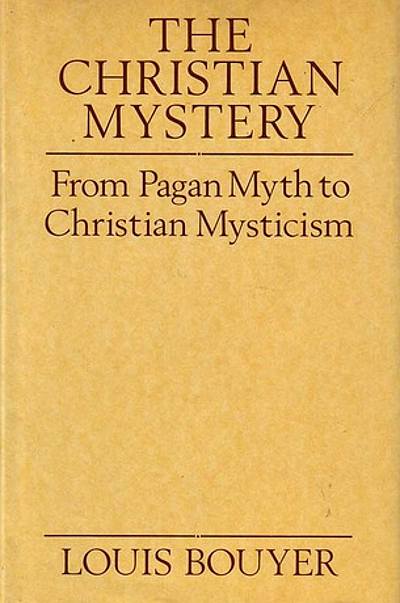
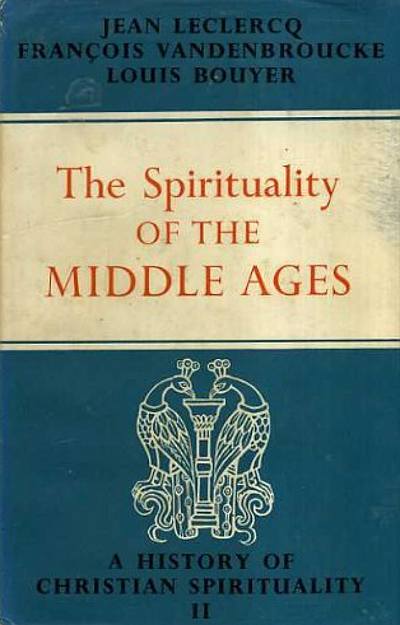
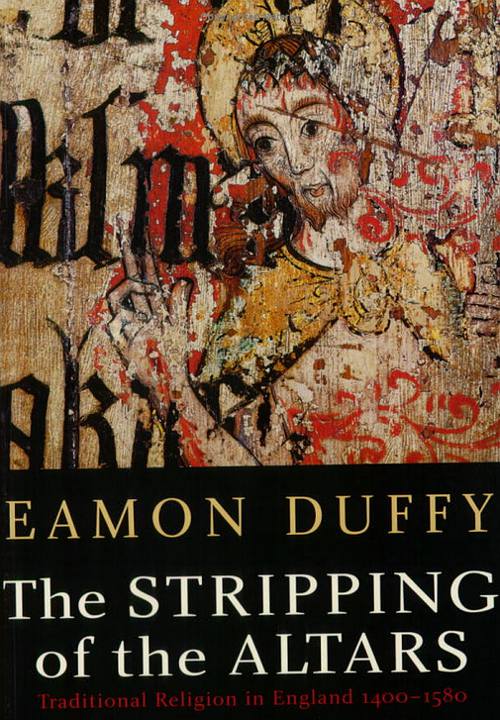


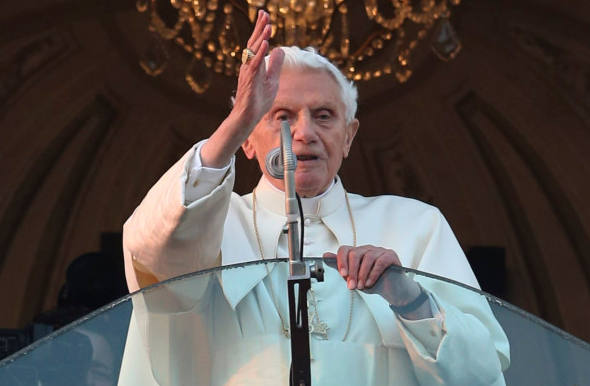


 En familie i vår menighet som bor i Langhus/Ski ønsket å døpe sitt barn i Ski gamle kirke, så jeg besøkte denne kirken for først gang i mitt liv.
En familie i vår menighet som bor i Langhus/Ski ønsket å døpe sitt barn i Ski gamle kirke, så jeg besøkte denne kirken for først gang i mitt liv.

